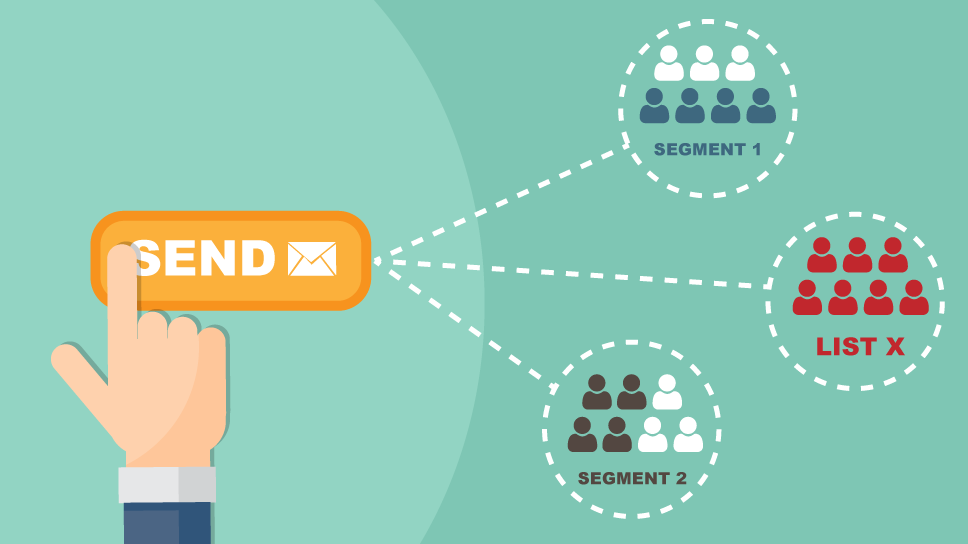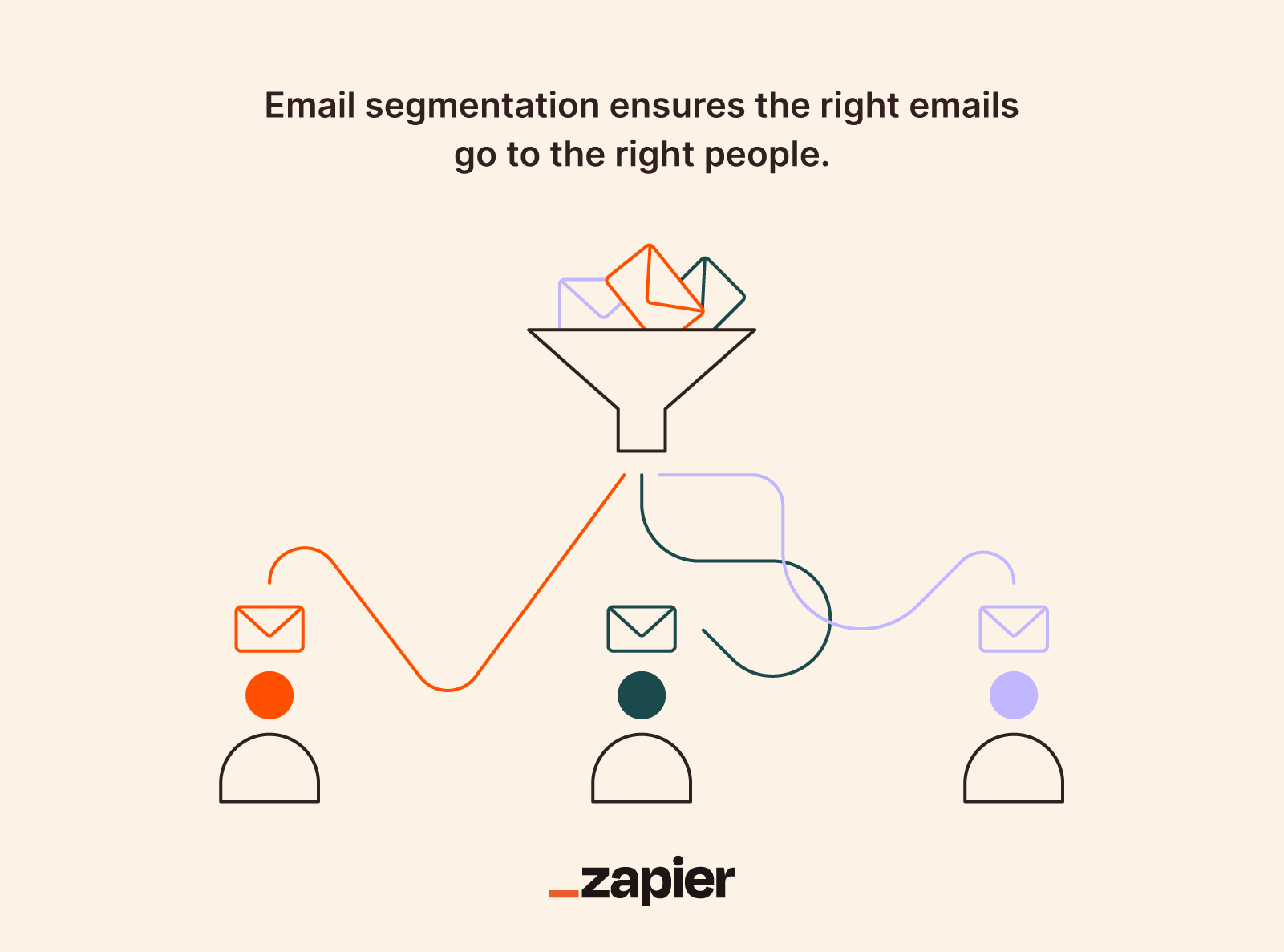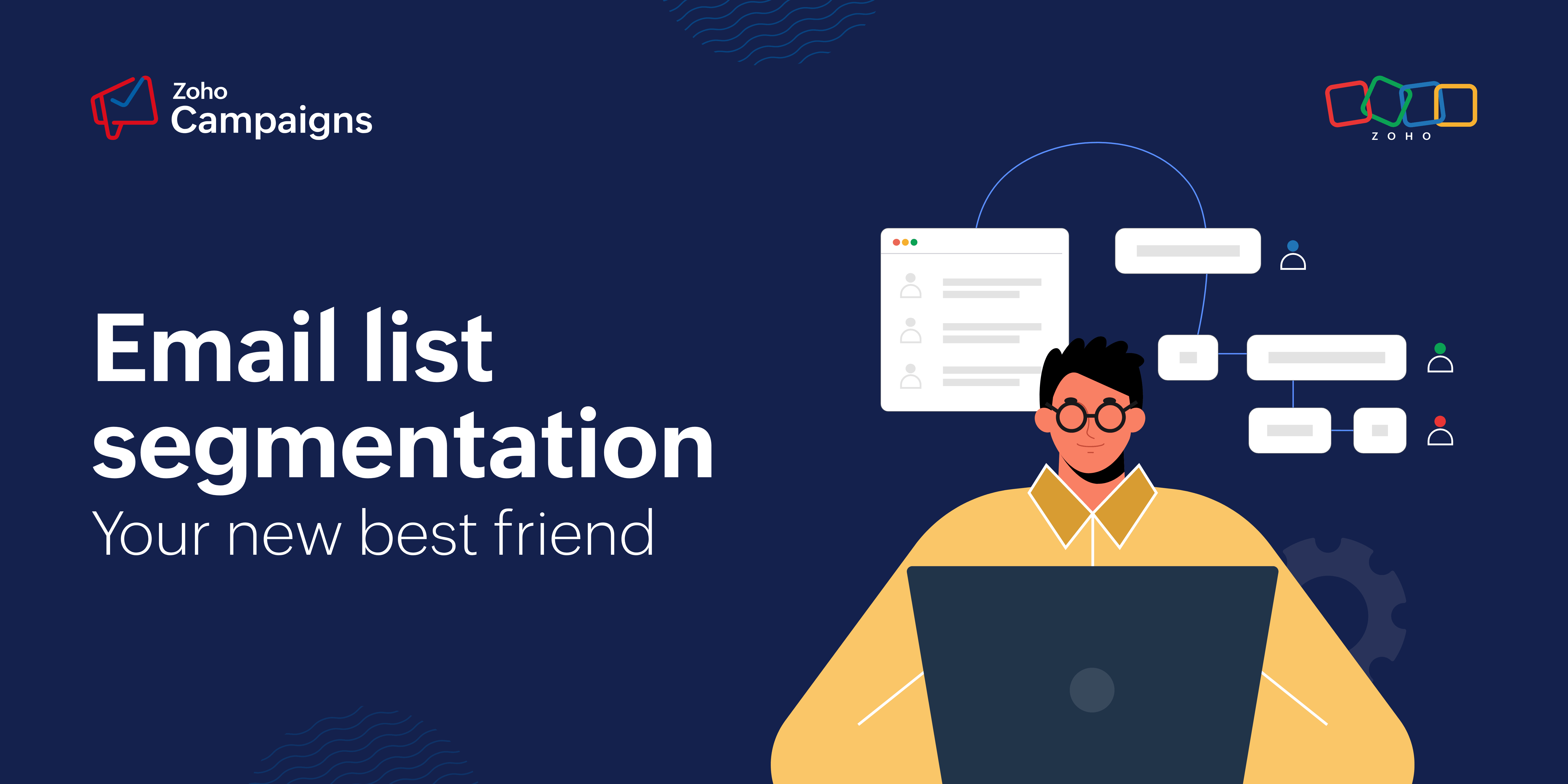
Email List Segmentation: Boost Your Campaigns with Precision
Email List Segmentation Email list segmentation is a must for successful marketing. It ensures your messages reach the right people.
Understanding the power of segmentation can transform your email marketing efforts. Email list segmentation involves dividing your email subscribers into smaller groups based on specific criteria. This could be demographics, purchase history, or engagement levels. By segmenting your list, you can tailor your messages to each group’s interests and needs. This leads to higher open rates, better engagement, and more conversions. In this blog post, we’ll explore the best practices for email list segmentation. We’ll also look at tools like Sender that can help automate and enhance this process.
Introduction To Email List Segmentation
Email list segmentation involves dividing your email list into smaller groups. Each group should share common characteristics. These characteristics can be demographics, interests, or behaviors. Segmentation helps in sending more personalized and relevant emails. This increases the chances of engagement and conversion. Targeted emails perform better than generic ones. This is because they address the specific needs of each segment. It makes the email feel more personal and less like spam.
Precision in email marketing is crucial for success. Accurate targeting leads to higher engagement rates. Customers appreciate receiving content that matters to them. It enhances their experience with your brand. Precise segmentation also improves the chances of email deliverability. ISPs are less likely to mark your emails as spam. This ensures your messages reach the intended audience. Ultimately, precision in email marketing boosts ROI. It maximizes the effectiveness of your campaigns.

Credit: zapier.com
Key Features Of Email List Segmentation
Demographic segmentation helps target different age groups. Messages are tailored for specific genders. Location-based targeting improves relevance. This enhances engagement and response rates.
Behavioral segmentation focuses on subscriber actions. It tracks email opens and clicks. This data informs future campaigns. Subscribers get content they are interested in.
Psychographic segmentation considers interests and preferences. It tailors messages to hobbies and values. This creates a personal connection. Subscribers feel understood and valued.
Engagement-based segmentation separates active and inactive subscribers. Active users receive frequent updates. Inactive users get re-engagement campaigns. This ensures relevant communication for all.
Purchase history segmentation uses past buying data. Offers are tailored to previous purchases. This increases the chance of repeat sales. Customers appreciate the personalized approach.
Pricing And Affordability Of Segmentation Tools
Email list segmentation tools vary in price, making them affordable for businesses of all sizes. Budget-friendly options cater to startups, while advanced features are available for larger enterprises.
Overview Of Popular Segmentation Tools
Several tools are popular for email list segmentation. Sender is one option. It provides both email and SMS marketing. Another tool is Mailchimp, known for its ease of use. HubSpot offers advanced features for larger businesses. ConvertKit is great for creators. Each tool has its strengths. Choosing the right tool depends on your needs and budget.
Cost-benefit Analysis Of Investing In Segmentation
Investing in segmentation can be wise. Tools like Sender increase conversions and engagement. They save time through automation. Segmenting your list means targeted messaging. This leads to better results. The annual plans of tools like Sender offer good value. Discounts like the Christmas Sale make them more affordable. Free plans help you start without risk. Weighing the costs against the benefits shows clear advantages.

Credit: www.zoho.com
Pros And Cons Of Email List Segmentation
Segmenting your email list can lead to better open rates. People like to read emails that interest them. This means more click-throughs. Segmented lists can boost conversions. You send the right message to the right people. They are more likely to buy from you. This leads to higher sales and better customer engagement.
Keeping data accurate is a big challenge. Incorrect data can hurt your campaigns. Privacy concerns must be addressed. Respect people’s data and follow laws. Setting up segmentation can be complex. It takes time and resources. Small mistakes can cause big issues. Ensure your team is well-trained.
Recommendations For Effective Email List Segmentation
Segmenting your email list can improve open rates and engagement. Use demographics like age, gender, and location. Segment by behavior, such as past purchases or website activity. Consider preferences and interests based on survey data. Use engagement levels to target active and inactive subscribers differently. Regularly update your segments for accuracy. A well-segmented list leads to more relevant and personalized content.
Avoid overly large segments; they reduce personalization. Don’t ignore data accuracy; outdated information can lead to errors. Over-segmentation can be as harmful as under-segmentation. Keep your segments manageable. Never spam your audience; respect their preferences. Failing to test your segments can lead to poor performance. Always analyze and adjust your strategies for better results.
Use segmentation for seasonal promotions tailored to specific groups. Send personalized offers based on past buying behavior. Segment for different stages of the customer journey. For new subscribers, send welcome sequences. For loyal customers, offer exclusive deals. Use segmentation for re-engagement campaigns to win back inactive users. Tailor content for different geographic locations to match local interests.

Credit: optinmonster.com
Frequently Asked Questions
What Is Email List Segmentation?
Email list segmentation involves dividing your email subscribers into smaller groups. This ensures more personalized and relevant content. It’s based on criteria like demographics, behavior, and preferences.
Why Is Email Segmentation Important?
Email segmentation is crucial for targeting your audience effectively. It increases engagement, open rates, and conversions by delivering tailored content to specific subscriber groups.
How Can I Segment My Email List?
You can segment your email list by demographics, purchase history, engagement levels, and preferences. Tools like email marketing software help automate this process.
What Are The Benefits Of Email Segmentation?
Email segmentation boosts engagement, increases open rates, and improves conversion rates. It ensures your messages are relevant to each subscriber, enhancing their experience.
Conclusion
Segmenting your email list can transform your marketing efforts. It helps in sending targeted messages, improving engagement. Use tools like Sender for efficient segmentation. With features like automated campaigns and seamless integration, you can enhance your strategy. For more details, check out the Appsumo deal. Remember, effective segmentation means better results and happier customers. Start segmenting your list today and see the difference.
